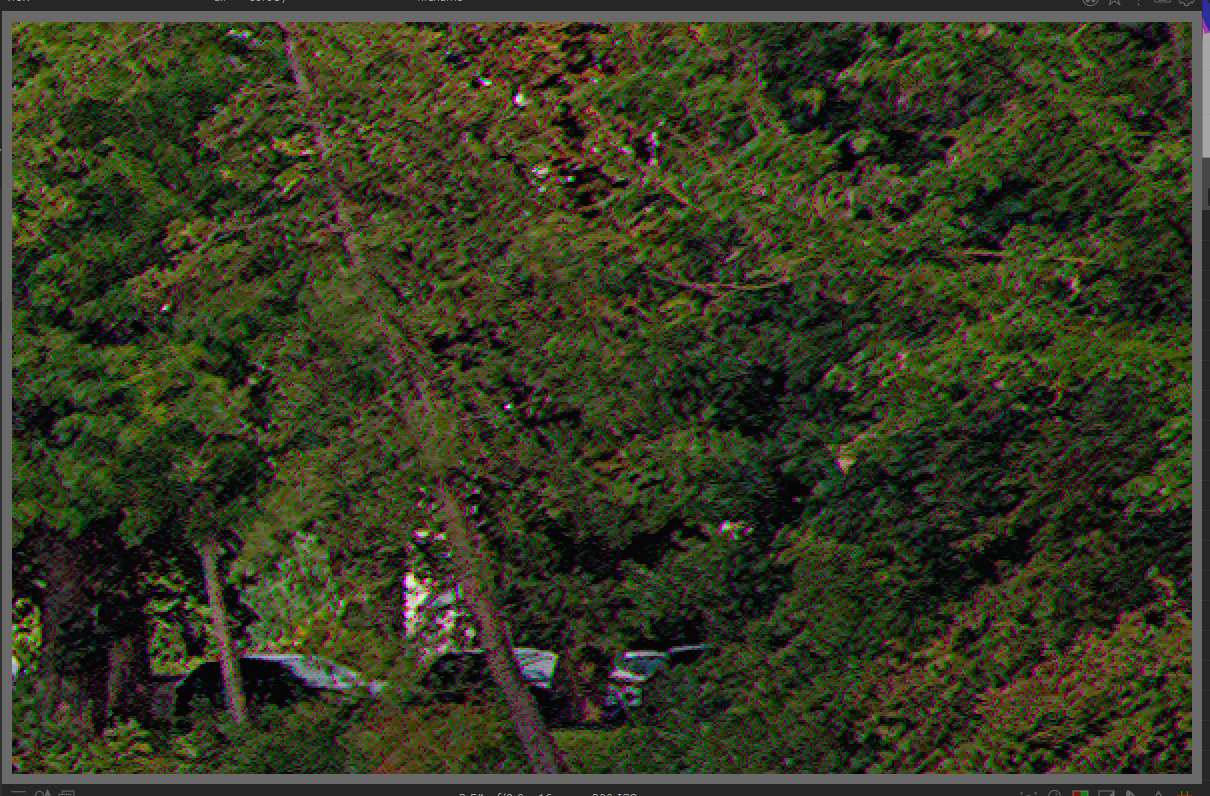In the thread "Aurelien said : basecurve is bad" - #136 by herbert-50 I’ve posted a comment: “The display-referred workflow and its modules still have their place and their power lies in their simplicity.”
Here is an example for that what I mean. It also shows the problem which I have with the tone equalizer.
Here the photo after loading it into the darkroom for the first time. The modules of the scene-referred workflow have been applied (I use exposure of 1EV instead of 0,5EV for Fuji).
190918-T10X2232.raf.xmp (6.9 KB)
OK, first step is: do some basic adjustments. Some more exposure, mid tones saturation and some rotation.
190918-T10X2232-SP2.raf.xmp (8.2 KB)
And then: The trees are too dark for me and I would like to lighten them up. So I use the old display-referred shadows and highlights module. One click to activate it - and the structures of the trees are better visible.
190918-T10X2232-SP3.raf.xmp (8.6 KB)
In PIXLS.US - Darktable 3:RGB or Lab? Which Modules? Help! the module shadows and highlight is listed as “not recommended”. The tone-equalizer should be used instead.
Ok - the next step: deactivate shadows and highlights, enable tone equalizer, click on the pipettes to create a mask and bring the shadows up in the curve. (more clicks than for shadows and highlights - but so what)
190918-T10X2232-SP4.raf.xmp (9.1 KB)
But uhhh, that is not so good. The details of the leaves are lost 
Ok - the reason is probably the mask. I’ve tried some other settings for the mask, but I’m not satisfied.
On the other hand: shadows and highlights - one click!
If you want to play: here is the RAW:
190918-T10X2232.raf (32.0 MB)
(This file is licensed [Creative Commons, By-Attribution, Share-Alike] Creative Commons — Attribution-ShareAlike 4.0 International — CC BY-SA 4.0).
Perhaps you find a better setting for the tone equalizer.



















